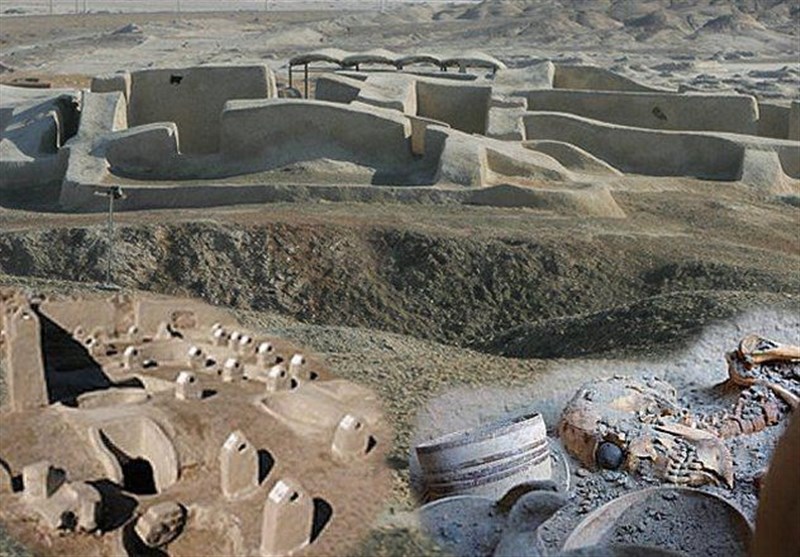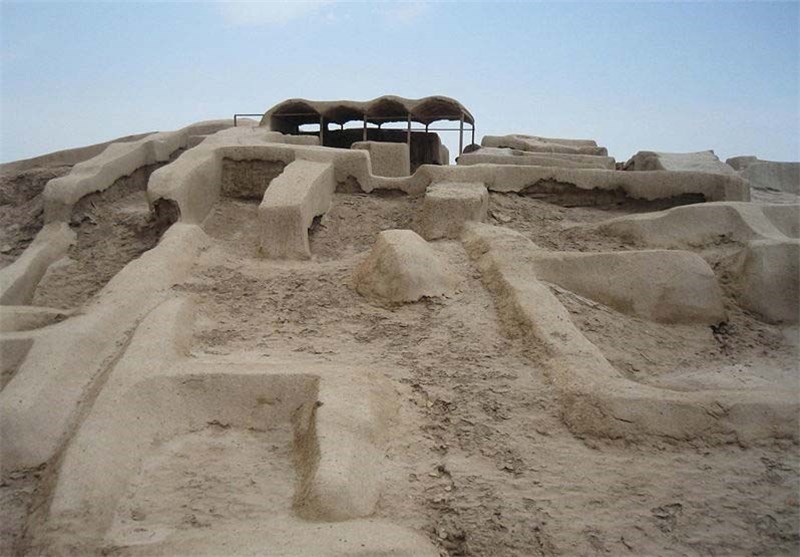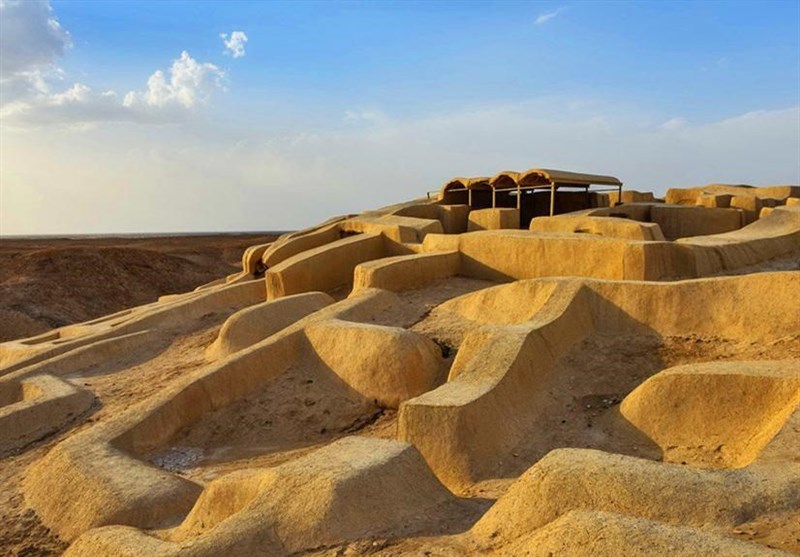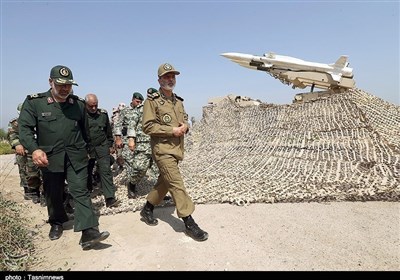Shahr-e Sukhteh: A Sizable Bronze Age Urban Settlement
TEHRAN (Tasnim) - Shahr-e Sukhte is an archaeological site of a sizable Bronze Age urban settlement, associated with the Jiroft culture.
Shahr-e Sukhte is located in Iran's southeastern province of Sistan en Balouchestan on the bank of the Helmand River, near the Zahedan-Zabol road.
Located at the junction of Bronze Age trade routes crossing the Iranian plateau, the remains of the mud brick city of Shahr-e Sokhta bear witness to the emergence of the first complex societies in eastern Iran.
Founded around 3200 BCE, the city was populated during four main periods up to 1800 BCE, during which there developed several distinct areas within the city. These include a monumental area, residential areas, industrial zones and a graveyard.
Changes in water courses and climate change led to the eventual abandonment of the city in the early second millennium. The structures, burial grounds and large number of significant artifacts unearthed there and their well-preserved state due to the dry desert climate make this site a rich source of information regarding the emergence of complex societies and contacts between them in the third millennium BCE.

Shahr-e Sukhte exhibits a transition from village habitation to an urbanized community with significant cultural, social and economic achievements and developments from the late Chalcolithic to the early Bronze Age.
Shahr-e Sukhte bears exceptional testimony to a peculiar civilization and cultural tradition that entertained trade and cultural relations with ancient sites and cultures on the Indus Plain, southern shores of the Persian Gulf, the Oman Sea and Southwest Iran, and Central Asia. Archaeological remains and finds indicate the key role of the city on a very large scale in terms of working with metals, stone vessels, gems and pottery.

All elements necessary to express the property’s values are included within the property, which is of adequate size to ensure the complete representation of features and processes which convey the property’s significance. The property does not suffer from development or neglect and it is well maintained. The understanding and appreciation of its remains rely on appropriate maintenance interventions and on a coherent setting.
In general the surrounding desert landscape and extraordinary scatter of archaeological material present on the surface of the low hill of Shahr-e Sukhte give a strong sense of authenticity, as does the sight of the complex architecture of the various parts so far excavated. The labyrinthine succession of rooms, corridors and courtyards give a genuine impression of these ancient buildings.
Source: whc.unesco (UNESCO World Heritage Centre)





